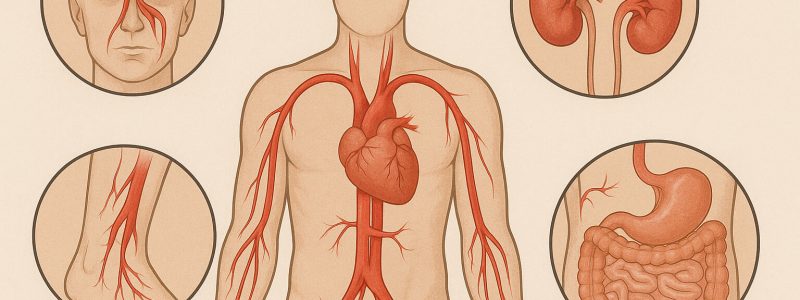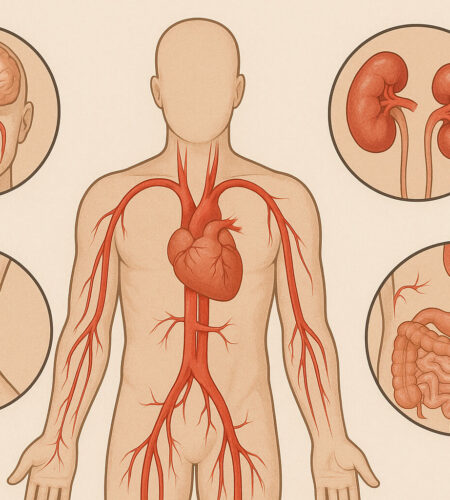
How Do Lymphatic System Diseases Develop?
While blood is the primary fluid in the body, another fluid called lymph circulates between tissues. Lymph fluid returns to the bloodstream through lymphatic vessels.
Lymphedema occurs when a dysfunction in the lymphatic system prevents lymph fluid from being transported, causing it to accumulate in tissues. It usually causes swelling in the arms and legs.
It can be congenital or develop after surgeries, infections, or vessel damage. Severe cases of lymphedema are commonly known as elephantiasis.

What Symptoms Does Lymphedema Cause?
The most common complaint is swelling. Other symptoms include:
- Tightness and pain
- Limited joint movement (sometimes confused with arthritis)
- Indentation when pressing the skin
- In advanced cases, color changes, itching, redness, and burning
- Thickening and hardening of the skin
What Are the Treatments for Lymphedema?
Treatment focuses on stopping disease progression and improving the patient’s quality of life. Key approaches include:
- Education and Awareness: Active patient involvement in the treatment process is crucial.
- Elevation: Keeping the affected limb elevated above heart level.
- Manual Lymphatic Drainage: Specialized massage techniques to remove fluid.
- Compression Garments: Use of special compression garments or stockings to reduce swelling.
- Skin Care: Maintaining hygiene of the swollen area.
- Medication: Antibiotics for infections and diuretics for swelling may be used if necessary.
Quick Contact
About Us
Frequently Asked Questions
Lymphedema is a chronic condition caused by dysfunction in the lymphatic system, leading to the accumulation of lymph fluid in tissues, usually resulting in swelling of the arms or legs.
The main symptoms include swelling, tightness, pain, skin indentation when pressed, color changes, itching, and skin thickening. It usually affects only one limb.
Lymphedema can be congenital or may develop later due to surgery, trauma, infection, tumors, or damage to the lymphatic vessels.
Although there is no complete cure, early diagnosis and appropriate treatment can halt disease progression, reduce symptoms, and improve quality of life.
Treatment methods include elevation (keeping the swollen area elevated), manual lymphatic drainage (specialized massage), compression garments, skin care, antibiotics, and diuretics.
